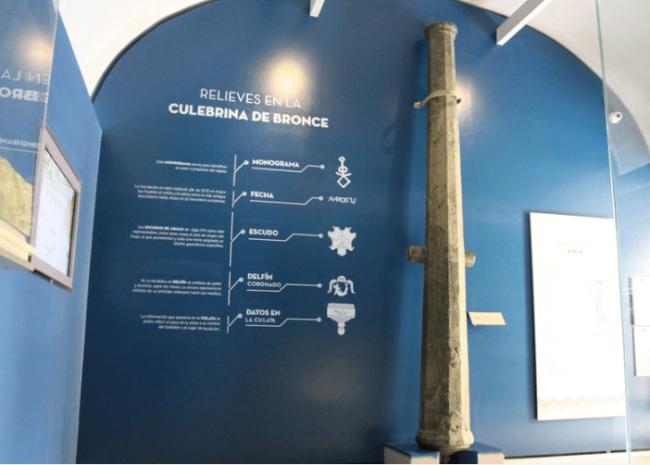
Shipwrecks and Navigation Instruments
Sala
European navigators who arrived in the New World brought with them technological advancements that allowed them to cross the Atlantic using sailing ships (15th century) and aboard galleons (16th and 17th centuries).
This room displays various instruments, including compasses, astrolabes, sextants, and lead line (from various shipwrecks located in the Sonda de Campeche). These objects were crucial for navigation and enabled, starting in the 15th century, "open-ocean" navigation, meaning sailing far from the shore without any point of reference except the stars. Thanks to these inventions, sailors could better estimate their position at sea, determine the course, understand the nature of the seabed to avoid accidents, and use the winds and currents more efficiently. Notable items in this room include a 16th-century bronze half-culebrina from the Cayo Nuevo I shipwreck, considered the oldest cannon of its kind in the Western Hemisphere, and an ebony rudder recovered from the Arroyo Seco, Palizada, Campeche.


